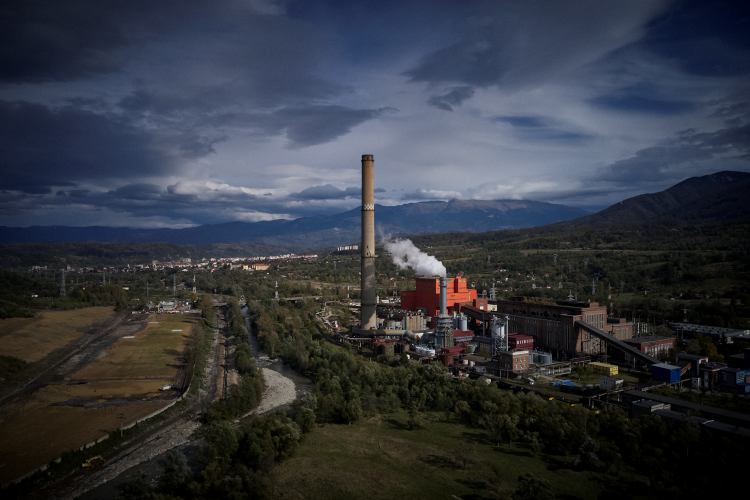
OECD
High-income countries saw power sector emissions peak in 2007, with emissions falling 28% since then.
Anchor point: Overview
Highlights
50% of the OECD’s electricity was generated from clean sources last year, above the global average of 39%.
The Organisation for Economic Co-operation and Development (OECD) is a trading club of the high-income economies. Its 38 member countries account for 37% of the world’s electricity demand. While there is a huge variation in the formation of electricity mixes across the OECD, all members have begun their transition to clean power. In 2023, fossil fuels provided 50% of the electricity generated across the OECD.
Ember’s Global Electricity Review revealed that slow demand growth contributed to a rapid decline in coal generation in the OECD in 2023. 86% of the fall in global coal generation in 2023 came from OECD economies. The US and European Union experienced the largest falls, of -156 TWh and -116TWh respectively.
Among OECD countries, Denmark has the highest share of wind power, at 58% of the electricity mix. Chile has the highest share of solar, at 20%, followed closely by Greece (19%).
Advanced economies (defined by the IEA as OECD countries plus Bulgaria, Croatia, Cyprus, Malta and Romania) must phase out unabated coal by 2030 and reach net zero power sector emissions by 2035, in order to keep the 1.5C goal within reach. Many OECD countries – including the US, Canada, the UK, Netherlands and Germany – are already aiming for net zero power sectors by 2035.
Anchor point: Data
Anchor point: Insights
Latest insights



